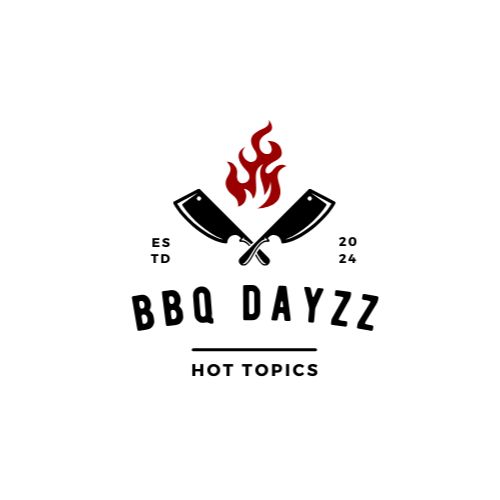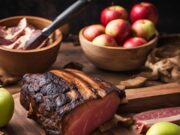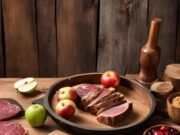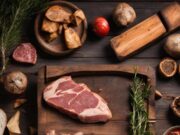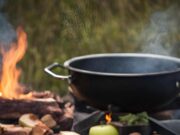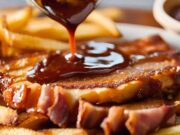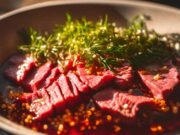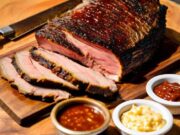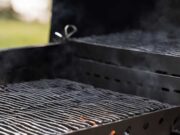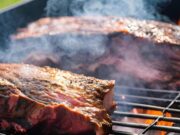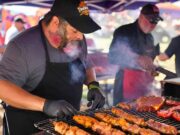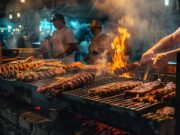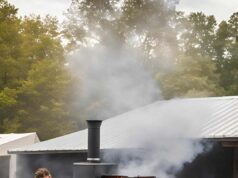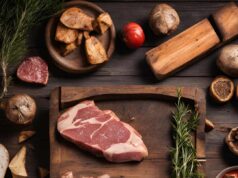Smoking food is a time-honored technique that enhances flavor and extends shelf life; however, not all smoking methods are equally effective.
Cold smoking and hot smoking each provide unique benefits and distinct flavor profiles, primarily influenced by temperature differences. By exploring these two techniques, you can gain insights into how they affect preservation, the subtleties of taste they impart, and crucial safety considerations to be aware of.
Whether you are a seasoned chef or a curious foodie, understanding these methods can significantly elevate your culinary experiences.
Key Takeaways:
- Cold smoking and hot smoking are two different techniques of flavoring and preserving food, with varying temperature ranges and effects.
- Hot smoking involves higher temperatures and results in a stronger smoky flavor, while cold smoking uses lower temperatures and is more suitable for delicate foods.
- Both methods have their own benefits and safety considerations, so it is important to understand the differences before deciding which technique to use for your desired outcome.
The Hot Smoking Process
The hot smoking process is a cooking technique that involves exposing food to smoke at high temperatures, which effectively cooks the food while infusing it with rich smoke flavors. This method enhances the taste of various meats, including smoked brisket and smoked trout, and also serves as a preservation technique.
The key to successful hot smoking lies in the careful balance of heat and smoke generation. Utilizing appropriate smoking equipment, such as a smoker box or a well-designed smoking chamber, is essential to achieve optimal results.
Benefits of Hot Smoking
Hot smoking presents numerous advantages, including the ability to cook food thoroughly while imparting a rich, smoky flavor that enhances the overall dining experience. This method elevates the taste of smoked meats such as brisket and chicken and serves as an effective preservation technique, extending the shelf life of various foods through the smoking process and high-temperature exposure.
The combination of taste and texture achieved through hot smoking results in a savory delight that is difficult to surpass. Meats such as salmon, ribs, and turkey can adopt bold, complex flavors while remaining juicy and tender. For example, hot-smoked salmon offers a delicate balance of smokiness and the fish’s natural richness, making it a popular choice in salads or as a standalone dish.
Typically, cooking these products requires a time frame of 1 to 4 hours, depending on the type and thickness, which allows for optimal flavor development. This technique also enables more efficient cooking of larger cuts, as the heat penetrates deeply, making it an ideal choice for both backyard barbecues and gourmet dinners.
The Cold Smoking Process
The cold smoking process is a delicate technique that involves smoking food at low temperatures, typically below 90°F. This method allows for the preservation of the food’s natural flavors without cooking it.
It is particularly favored for items such as smoked salmon and cured meats, where the goal is to enhance the flavor through exposure to smoke while preventing bacterial growth and maintaining the product’s original texture and taste.
Benefits of Cold Smoking
Cold smoking offers several advantages that enhance flavor preservation and create unique culinary experiences. This technique enables the development of complex smoky flavors in items such as cured fish and smoked cheese without cooking the ingredients, thereby maintaining the integrity of their original textures and flavors.
By employing a low-temperature smoking process, you can transform various ingredients, including meats, vegetables, and even tofu, into gourmet delights. Each type of food contributes its distinctive profile to the final product; for instance, salmon develops a rich, buttery taste, while cheeses may become pleasantly sharp and savory.
It is essential to consider safety when cold smoking, as the lower temperatures can allow bacteria to thrive if not managed properly. Implementing proper brining or curing techniques is crucial to enjoying these enticing flavors without compromising health.
Ultimately, mastering this method opens up a world of culinary creativity for you to explore.
Key Differences Between Cold Smoking and Hot Smoking
The key differences between cold smoking and hot smoking primarily involve their temperature ranges, processes, and the resulting flavor profiles of the smoked foods.
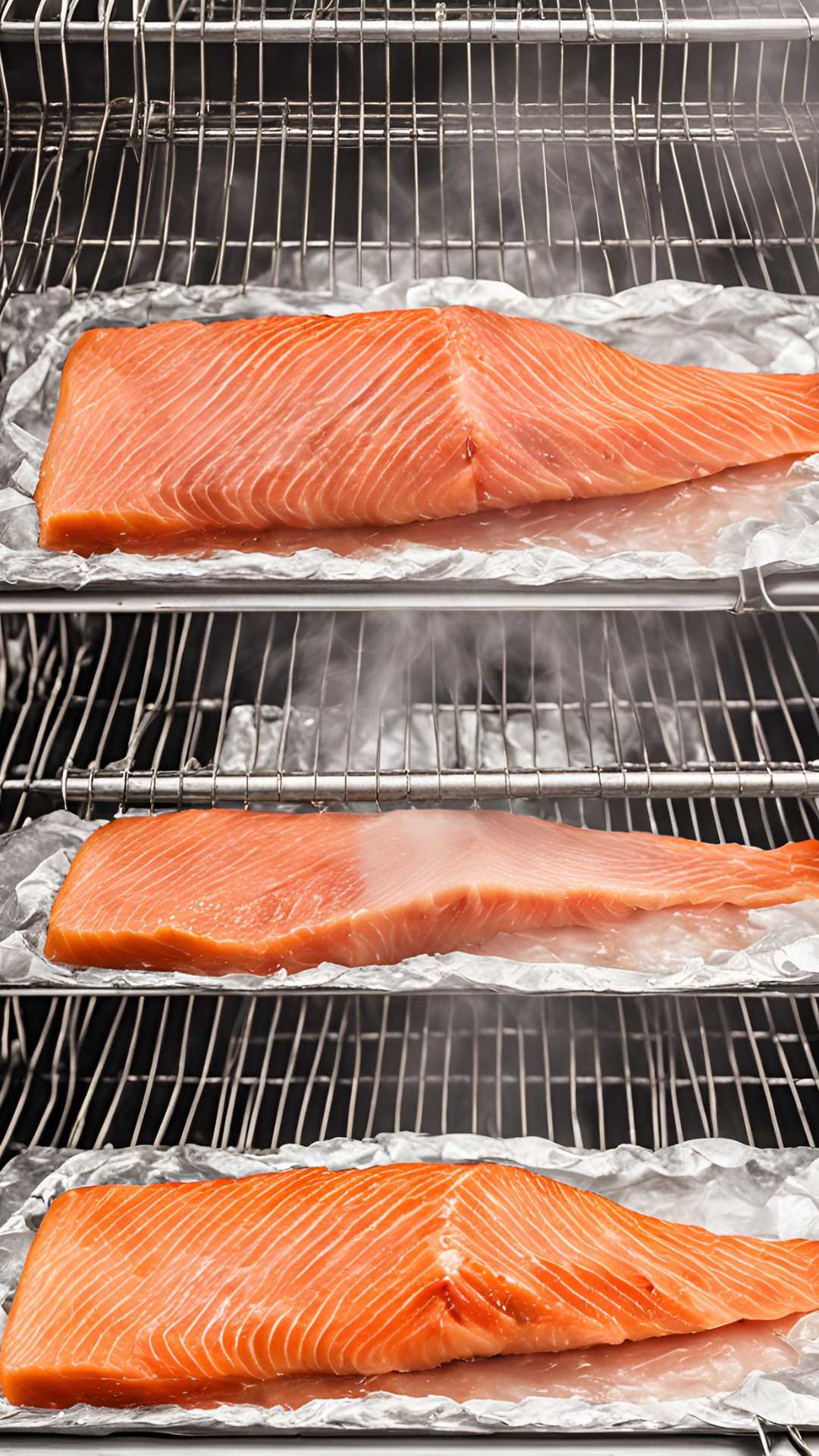
Cold smoking takes place at lower temperatures, making it suitable for flavor preservation in items such as smoked salmon and cured meats. In contrast, hot smoking uses higher temperatures that cook the food, enhancing its smoky flavor and extending shelf life through effective preservation methods.
Temperature Ranges and Their Effects
The temperature ranges for cold smoking and hot smoking significantly influence the outcomes of the smoking process, affecting both flavor and safety. Cold smoking typically operates at low temperatures, usually below 90°F, allowing for the infusion of smoke flavors without cooking the food. In contrast, hot smoking requires higher temperatures, often exceeding 200°F, which cooks the food and enhances its preservation.
These distinct temperature profiles create two very different flavor experiences. Cold smoking imparts a milder, more delicate smoky essence, making it ideal for items like cheese and fish. Hot smoking, on the other hand, results in a robust, savory taste that seals in moisture and enhances texture, making meats such as brisket and ribs particularly succulent.
The preservation methods associated with these techniques also differ. Cold smoking can lead to a longer shelf life without effectively cooking the meat, which is crucial for items like cured salmon. Hot smoking not only adds flavor but also effectively eliminates harmful bacteria, ensuring a safer final product.
Understanding these differences is essential for anyone looking to maximize the benefits of smoking food.
Flavor Profiles and Preservation
The flavor profiles developed through cold smoking and hot smoking techniques differ significantly, impacting the overall taste experience of smoked foods. Cold smoking preserves the natural flavors of ingredients, such as smoked salmon, while imparting subtle smoky notes. In contrast, hot smoking enhances flavors by cooking the food, deepening the smoky taste with complex flavor compounds.
This contrast not only alters the palate sensation but also influences the preservation qualities of the ingredients. For example, while cold smoking adds a delicate layer of smokiness without cooking the food, it still offers some degree of preservation due to the curing effects of the smoke. Conversely, hot smoking results in a fully cooked product that typically has a more robust flavor, making it ideal for meats such as brisket or ribs, where a rich, hearty taste is desired.
By understanding these differences, chefs and home cooks can make informed decisions about which smoking technique to use based on the desired outcome and culinary application.
Safety Considerations
When engaging in smoking techniques, it is crucial to consider safety measures and the potential risks associated with both cold smoking and hot smoking processes.
Cold smoking, in particular, carries risks related to bacterial growth if not executed properly. On the other hand, hot smoking necessitates careful temperature management to ensure food safety and adequate cooking. For more information on how temperature affects flavor and preservation, check out this insightful article on Cold Smoking vs. Hot Smoking.
Is Cold Smoking Dangerous?
Cold smoking presents specific dangers, particularly concerning food safety and the risk of bacterial growth if proper precautions are not taken. Given the low temperatures involved, harmful bacteria can thrive, making it essential for smoking enthusiasts to adhere to recommended guidelines to ensure the safety of their smoked products.
Neglecting these precautions can result in serious health risks, including foodborne illnesses such as salmonella or listeria. To prevent such issues, maintaining strict temperature control during the smoking process is crucial; ideally, the temperature should remain below 90°F (32°C) to inhibit bacterial proliferation. Employing proper curing techniques before cold smoking can significantly reduce pathogens.
It is advisable to monitor smoking times closely, with many experts recommending an initial cure of at least 24 hours. By implementing these best practices, you can enjoy your creations while minimizing health risks associated with cold smoking.
Frequently Asked Questions
What is the difference between cold smoking and hot smoking?
Cold smoking and hot smoking are both methods of preserving and flavoring food through the use of smoke, but they differ in the temperatures at which they are done. Hot smoking is done at temperatures between 165-185°F, while cold smoking is done at temperatures below 90°F.
How does temperature affect the flavor of smoked foods?
The temperature at which smoking is done greatly affects the flavor of the food. Cold smoking produces a milder, less intense smoke flavor, while hot smoking creates a stronger, more robust smoke flavor. The lower temperatures of cold smoking also allow for longer smoking times, resulting in a deeper, more complex flavor profile.
Which smoking method is better for preservation?
Cold smoking and hot smoking are both effective methods for preserving food, but they work in different ways. Hot smoking actually cooks the food, killing any harmful bacteria and preserving it through heat and smoke. On the other hand, cold smoking only infuses the food with smoke, so it is not as effective for preservation. It is recommended to use hot smoking for meats and cold smoking for items like cheese and fish.
Can the same type of wood be used for both cold and hot smoking?
Yes, the type of wood used for smoking can be the same for both cold and hot smoking. However, the wood may need to be adjusted depending on the temperature being used. For cold smoking, a milder wood like cherry or apple may be preferred, while bolder woods like hickory or mesquite are better for hot smoking.
Is one smoking method healthier than the other?
Both cold smoking and hot smoking have their own health risks. Hot smoking can potentially produce harmful chemicals in the food if not done properly, while cold smoking can promote bacterial growth if the food is not properly cured beforehand. It is important to follow proper food safety guidelines for both methods to ensure safe consumption.
Which smoking method is better for beginners?
For beginners, it is recommended to start with hot smoking as it is a simpler and more straightforward method. Cold smoking requires more specialized equipment and techniques, and can be more challenging for those new to smoking. However, with proper research and guidance, both methods can be mastered by beginners.
